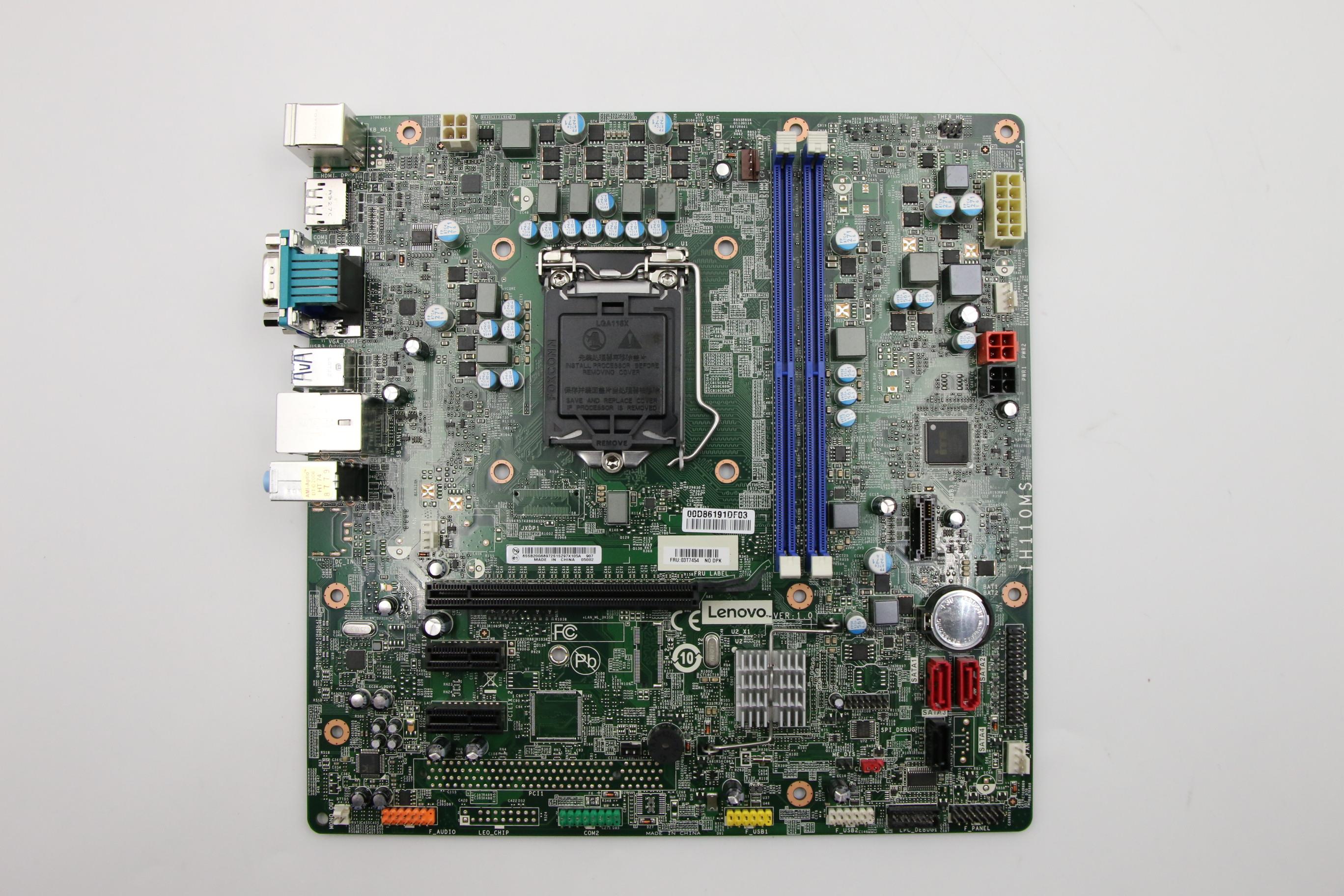GUys...I have questions about adding new stuff to my existing PC. I need insight about compatibility.
Current PC with 2 planned items.
-Intel Core i5-6400 2.7 GHz Quad-Core Processor
-Intel E97379-001 CPU Cooler
-Motherboard: Lenovo 30D9 (native). Not much info but picture is https://download.lenovo.com/Images/Parts/03T7454/03T7454_A.jpg
-G.Skill Aegis 16 GB (1 x 16 GB) DDR4-2133 Memory (planned)
-Samsung Green 8 GB (1 x 8 GB) DDR4-2133 Memory
-Toshiba 1 TB 3.5" 7200RPM Internal Hard Drive
-PNY GeForce GTX 1650 4 GB XLR8 Gaming Overclocked Edition Video Card (planned)
-Microsoft Windows 10 Home OEM 64-bit
-PSU Unit 250 W
-Expected Wattage with planned additions: 246 W

Current PC with 2 planned items.
-Intel Core i5-6400 2.7 GHz Quad-Core Processor
-Intel E97379-001 CPU Cooler
-Motherboard: Lenovo 30D9 (native). Not much info but picture is https://download.lenovo.com/Images/Parts/03T7454/03T7454_A.jpg
-G.Skill Aegis 16 GB (1 x 16 GB) DDR4-2133 Memory (planned)
-Samsung Green 8 GB (1 x 8 GB) DDR4-2133 Memory
-Toshiba 1 TB 3.5" 7200RPM Internal Hard Drive
-PNY GeForce GTX 1650 4 GB XLR8 Gaming Overclocked Edition Video Card (planned)
-Microsoft Windows 10 Home OEM 64-bit
-PSU Unit 250 W
-Expected Wattage with planned additions: 246 W
- 246 estimated x 250 current PSU - is it fine or how risky?
- CPU says about RAM type: DDR4-1866/2133. While this G.skill Aegis 16 gb (DIMM 288 Pin, CL16) model has 3000 max speed (tested) but says SPD Speed-2133MHz - is it compatible with cpu and motherboard?
- Further clarification about RAM: if CPU supports DDR4 in general, does memory stick's form (UDIMM, 288 pins, etc) as well as speed matter?
can my CPU for instance be compatible with DDR4 of over 2133 MHz or various pins? - Any comments about planned videocard compatibility?



